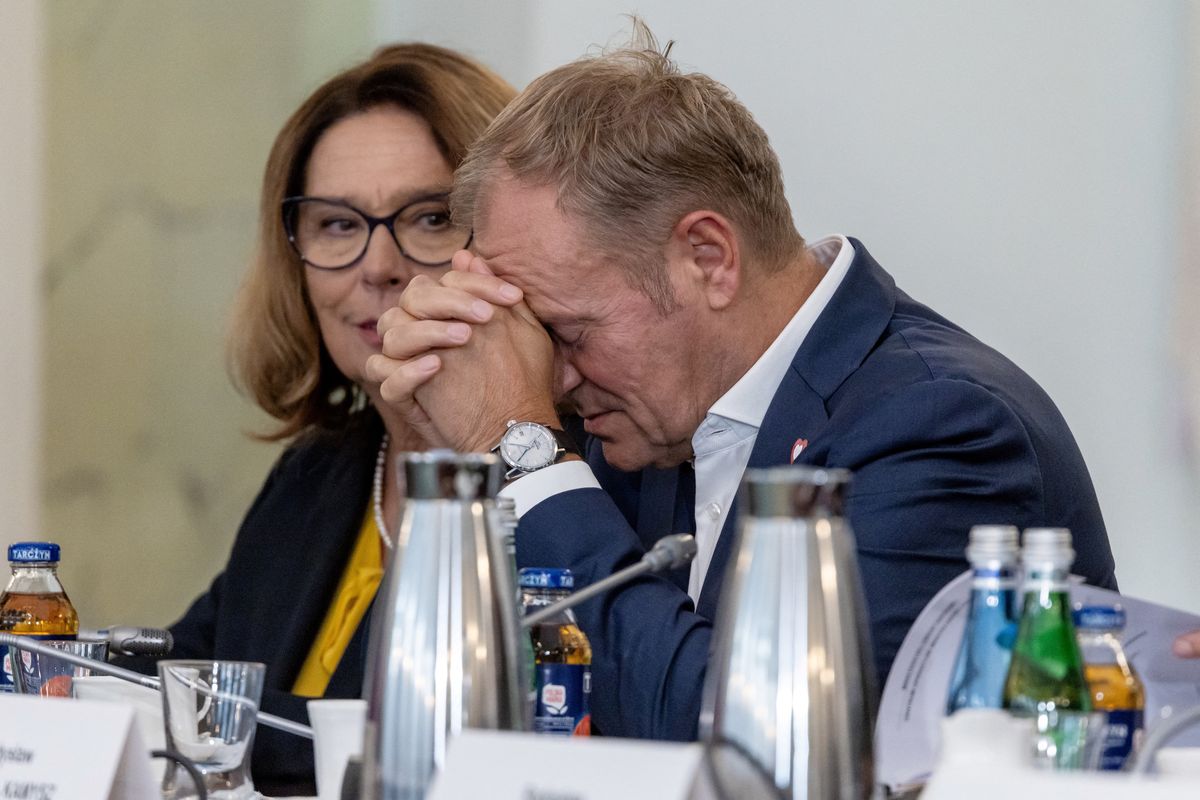The North Atlantic Treaty Organization (NATO) was established in April 1949 with the goal of deterring Soviet expansionism and to move European nations closer to the United States in a collective defense posture that would prevent another World War.
12 nations initially signed on. As you can imagine, all of them provided dramatically different levels of experience, training and dedicated defensive resources. Seventy years later, the alliance and its 29 members, have taken on a new mission and it’s ready for what’s to come, according to NATO Secretary General Jens Stoltenberg.
While last week’s media headlines focused on what world leaders had to say privately about each other, the on-the-ground relationships that can include life or death dependence on the person next to you, regardless of their nationality, continued.
NATO Special Operations Forces (SOF) is a part of the alliance that has evolved over the years, and like special operations units in individual member countries, it has seen both threats and adversary tactics evolve as well. NATO SOF is now a part of direct-action operations that it never would have imagined when the alliance was first created, but a changing mission doesn’t come without opportunity or cost.
The Cipher Brief tapped expert, Rob Lively, who retired after 28 years of military service, as the Command Sergeants Major of a Special Missions Unit within The United States Army Special Operations Command at Fort Bragg, North Carolina, to talk about NATO’s approach to special operations and about the importance of the relationships that forge the most effective partnerships on the battlefield. As a geopolitical subject matter expert, Lively regularly briefed and provided recommendations to the U.S. Government’s most senior military and political leadership while also cultivating critical relationships with foreign, civilian, and military leaders in support of U.S. national security objectives.
The Cipher Brief: What were your biggest takeaways from last week’s NATO meeting in London?
Lively: It concerns me when landmark events like the 70th anniversary of NATO get hijacked by the media’s focus on what most normal adults would hope not to see from our world leaders. Regardless of the drama we saw in the news coverage, I was reminded last week that the relationships within the NATO community and the Five Eyes community are strong at the ground level. One of the things that the U.S. learned after 9/11 was that even though some of our interagency leadership might disagree, relationships were always good on the ground. When you were the closest to the problem, cooperation and mutual respect were strong. So, it was disappointing to see the focus on the divisions, but I know the relationships on the ground and those between the professionals closest to the problem are still strong.
The Cipher Brief: What about the relationships amongst the Special Operations Forces components within NATO?
Lively: What you find in the SOF community within NATO is that relationships are a priority for everyone in the community. Terrorism has no boundaries, so relationships are always a priority. The SOF organizations that I have worked with share relatively close cultures. The way we influence each other further strengthens our respective cultures.
The Cipher Brief: How significant has NATO SOF’s contribution in the war on terror been, as we approach almost 20 years since 9-11 and the time when the U.S.’ war on terror began?
Lively: Let's look at it in two different ways. First, in terms of capability. Different countries lead with different levels of capability, but the relationship among SOF is throughout NATO. Our common enemy always unites us. Our capabilities, best practices, tactics, techniques, procedures, even the capability in the human space of understanding, and perspectives, and area knowledge, all of that sharing comes from being united. The second thing, and really the most critical when it comes to dealing with an enemy that does not have boundaries, is intelligence sharing.
Rob Lively, Command Sergeants Major (Ret.) U.S. Army Special Operations
"We're in a generational fight, as we know. So, to be able to track people around the world indefinitely and share and raise each other's intelligence capabilities, is a tremendous benefit. And, honestly, that's the way it has to be in order to keep all of our respective countries safe. I look at the capabilities, writ large throughout our militaries, and then drill down into the counter terrorism fight. We've seen relationships in the last two to three years and cooperation at a level that we've never seen before, and I hope that continues because that's good for all of us."
The Cipher Brief: What has the U.S. learned from our NATO partners? You’ve talked about the strength of the relationships and unified capabilities, what gaps do you see that, going forward, the U.S. and NATO need to work to close?
Lively: The glaring one is the respective national caveats, which translates to differences on the battlefield in terms of use of force, and deployments, etc. There's no question that the United States does more than our fair share of the effort in multiple different disciplines. And I understand different countries and the national caveats that they have. And, even in spite of those caveats, I like to see them on the battlefield with us. I would rather see them come with caveats than not come at all. But I have had to leave some of my NATO and Five Eyes partners back at the operations base, because they were not allowed to participate in the mission by their government. There will always be differences in policy, and imbalances in the level of commitment, with our different partners in NATO. But the closer we can all get to being able to do the same thing with relatively the same level of capabilities, respective to each country's sizes and their ability to match capability, I think that makes us, as partners, more balanced in commitment, and it makes us more lethal and more effective as we continue our counter terrorism mission.
In terms of what we have learned from them, I think it is that we’ve learned a different perspective. The U.S. has two huge bodies of water on our east and west, and friendly neighbors to the north and south. The countries in Europe are all so close and they move around Europe and the Middle East a lot more frequently than most Americans do. So, our perspective as Americans is different because while we’re geographically fortunate as a nation, we are also geographically constrained a little bit in terms of how we understand different parts of the world.
Rob Lively, Command Sergeants Major (Ret.) U.S. Army Special Operations
"As we always say, you train for what you know is going to happen, but you educate for what you don't know is going to happen. And I really enjoy and find benefit in the exposure and the education that I get when I'm working with our NATO partners. I don't think we’re going to go backwards in those areas. There will always be this level of complexity and this level, if not more, of gray zone conflict. The world of the future will have even fewer boundaries, and the more we know about our partners and their capabilities and the more we grow together, the more effective we can be."
The Cipher Brief: The political divisions we see currently are likely not going to go away any time soon. As you just mentioned, gray zone conflicts, which stress nation states in very unique ways, will continue. The rapid advancement of technology, cyber-threats, and rising tensions with China and Russia are getting more serious. Do you worry at all about SOF writ large maintaining their focus as the world and the threats move forward?
Lively: I don't worry about SOF losing focus. There probably isn’t an organization or group of organizations that has stayed more focused. I didn't even realize how focused I was, and our organization was until I actually got out of it. I am continually impressed when I think back on how focused they are. I worry a little about leaders who don't truly understand the capability of SOF and really how small they are. Because they (SOF) punch well above their weight class, a lot of leaders think they're much larger and they can do much more. So, I always worry about spreading SOF a little too thin or pushing them at problems that, though they could solve, might at times be more appropriate for other parts of our defense system to solve. I think General Mark Milley did a fantastic job creating the SFABs (Security Force Assistance Brigades). That was an outstanding initiative. Based off of what I'm hearing, they are working very well, so I don't really worry about SOF losing focus. I do worry about going to them for all of the answers when it's better to force systems to work, force capabilities and people to work in the zone that they're supposed to work in.
Read more on NATO’s New Mission and expert insights from three former Supreme Allied Commanders only in The Cipher Brief












